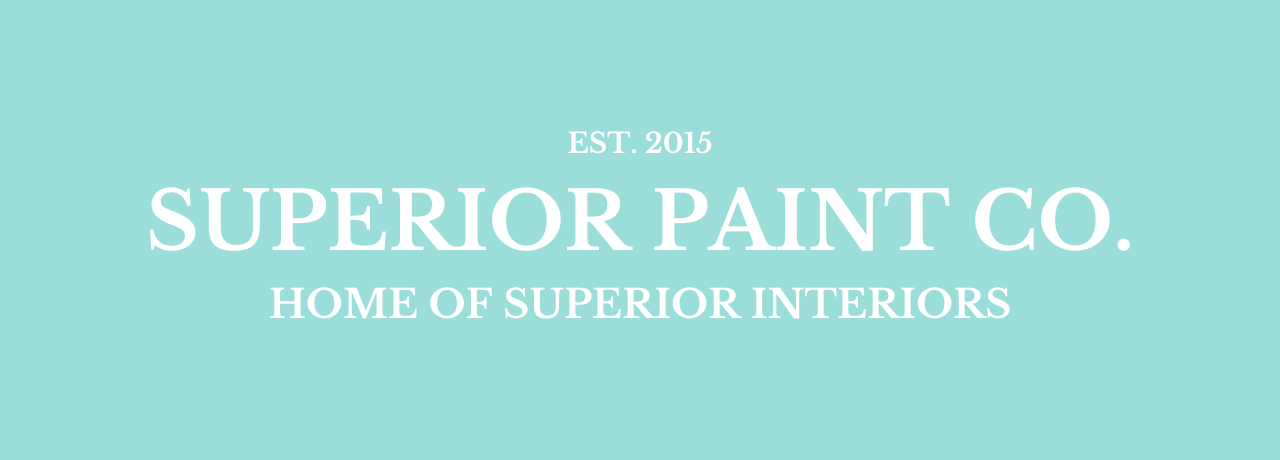
Before we get started, you might be wondering – what is decoupage???
Decoupage—from the French word découper, meaning to cut out—is a craft or art form that entails pasting cut-outs to an object.
Given that the technique dates all the way back to the 12th century and was popularized in 17th century Europe, it’s quite easy to replicate with modern supplies and a little creativity.

It can appear to be a painted design is actually paper! You can embellish almost anything, as long is it stands still. You can transform your home decor or furniture into one of a kind statement pieces, follow these steps...

Table painted in Black Mountain and added thin wooden words to the top.

Nightstand painted in Antique White, Burlap and added birdie scrap booking paper to the outside of the drawers.

Corner shelf painted in Bella Rose, Crackled, painted in Bone White added rose tissue paper and featuring a Cast Black glaze on top.
For instructions on how to Crackle click here.

Jewelry box painted in Little White added rose cut out tissue paper distressed and glazed with Coco Brown on top.
For directions how to distress click here.
For directions how to glaze click here.
How to Decoupage:
STEP #1
Find your project and prepare your surface.
Almost any surface can be used to create a decoupage project. Suitable surfaces include wood, terra cotta, tin, cardboard and glass.
Optional: Base coat your surface with Superior Paints.

Here's my project for today a nightstand painted in Fresh Air and Base Coated the drawers.
To view how this piece was refinished click here.
STEP #2
Pick your Superior Top Coat
Yes!!! Superior Top Coats are perfect medium for decoupaging because its so much easier to work with and best of all...much more affordable!
STEP #3
Prepare items to be Decoupaged.
Paper – Most items, especially thicker papers and scrapbook papers, are ready to be Decoupaged. If you are working with thinner sheets of scrapbook paper or inkjet printouts, it may help to apply top coat first and let dry so it's easier to work with.
Tissue Paper/Napkins– There is nothing that you need to do to prepare, but just be advised that because it is so thin, it is very difficult to Decoupage without wrinkles. The good news is that wrinkles are typically part of the charm of using tissue paper and add a little character to your surface. Cut out your paper or whatever it is that you are planning to decoupage. Experiment with design elements to determine the layout of your piece. Add interest to your design by using large and small pieces, layering and overlapping elements and coordinating colors.
Fabric – Wash and dry the fabric (do not use fabric softener). Iron (if necessary) and then lay out on a covered work surface. Drop Sheep is preferable for covering your table. Using a brush, paint a light coat of Top Coat your fabric. Allow to dry. This will allow you to cut the fabric like paper without frayed edges.
Wall Paper - Wallpaper takes the craft to a whole new level since it is often ornately designed and vibrant. Choose the non-pasted type of paper for best results.
Wooden Pieces - Can add a funky finish to your project! They're very hard and super easy to apply! Just make sure your applying on horizontal surface and apply 3-5 coats Top Coat to enure they are fully sealed and secure.

I choose scrap booking paper to line the outside of the drawers.

STEP #4
Cut your items to fit your surface. Measure as necessary, with a ruler and a pencil, and trim your items to fit. You’ll be much happier if you cut everything to fit before Decoupaging as opposed to after.

STEP #5
Adhere each element with your Top Coat. Always start with the underlying design elements and work your way upward (when layering). Apply a medium coat of Top Coat to the surface. Too little Top Coat and you will get wrinkles – and you can always wipe away excess Top Coat. Place your item(s) to be decoupaged on top of the Top Coat and move onto step six.

Applying a thin Top Coat to the surface.

Applying a thin Top Coat to the back of the paper.
STEP #6
Smooth, Smooth, Smooth. Keep smoothing until all of the bubbles are removed. Then, AND THIS IS IMPORTANT, let your project dry for 15 – 20 minutes. Don’t put Top Coat on right away.


Wipe away and runs with a clean slightly damp rag.
STEP #7
Add a protective coat of Superior Top Coat to your project using a brush. Allow to dry and then repeat. The number of coats you finish with is up to you, but we recommend at least two.

STEP #8
Enjoy and show off your master piece!



HOT TIPS:
-Make sure to have a clean surface you don't want to transfer dirt or debris onto your project.
-Practice first on a small project before you take on a large project.
-For a very smooth finish use the sanding pad from Top Coat Application Kit to sand between coats for an ultra smooth finish.
-When working with large pieces: smooth from the center outward. Air bubbles can be removed with the a squeegee (or credit card) and brayer (or a foam roller) for larger items such as furniture.
Things You'll Need:

- Your project
- Cleaner
- Clean slightly damp rag
- Decoupage paper or fabric ect.
- Brushes
- Squeegee or credit card & brayer or foam roller
-Sanding Pad (optional)
For more inspiration follow Superior Paint Co. on Pinterest!

